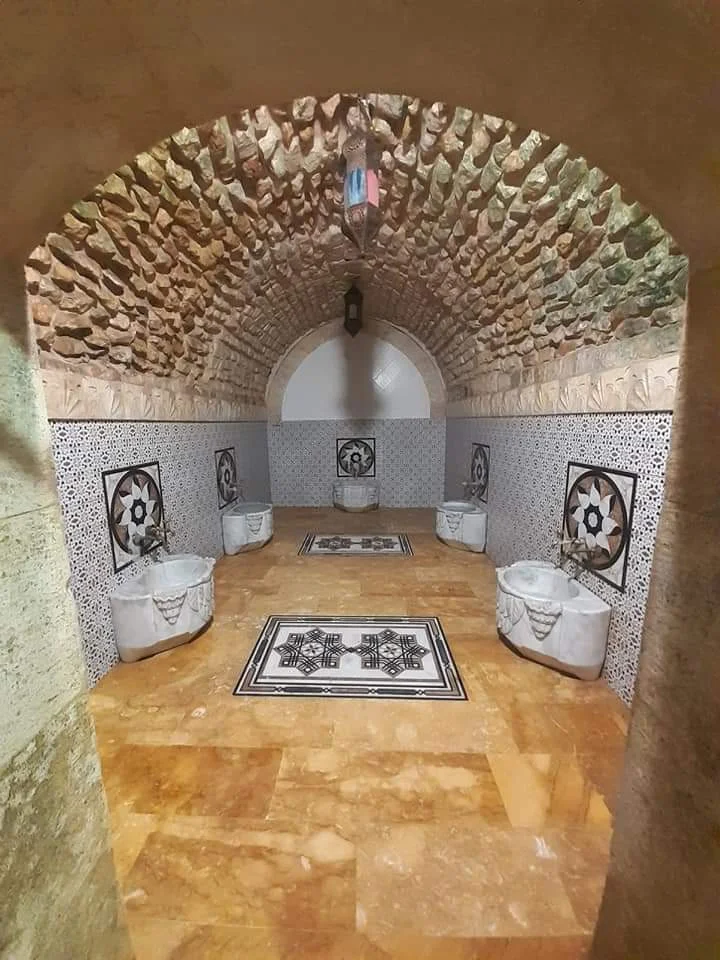
Ottoman Madrasa (Grand Ottoman Madrasa)
The Othmaniyah Mosque (The Grand Othmaniyah Madrasa) The Othmaniyah Mosque was constructed in the 1730s by the Ottoman governor of Aleppo, Othman Pasha, between 1730 and 1738. Also known as

The Othmaniyah Mosque (The Grand Othmaniyah Madrasa) The Othmaniyah Mosque was constructed in the 1730s by the Ottoman governor of Aleppo, Othman Pasha, between 1730 and 1738. Also known as
Hamam Al-Jadid Despite its name, Al-Jadid (The New), this bathhouse is steeped in history. Its construction dates back 534 years to the Mamluk era. The hammam suffered significant damage during

Khan al-Wazir Khan al-Wazir was constructed during the peak prosperity of the Spice Route, solidifying its status as one of Aleppo’s largest khans. It adheres to a traditional layout, featuring

Ibrahim Pasha Barracks Built by Ibrahim Pasha, these barracks are situated to the north and east of the Citadel, overlooking its interior. From the north, they offer a magnificent view

Babisqa Basilica The site of Babisqa, dating back to the Byzantine era, is spread over a modern village on the northeastern edge of Mount Barisha. The site contains the remains

The Roman Temple of Kfar Nabou Its name is derived from that of the Mesopotamian-Assyrian god (Nabu), as there was once a large and sacred temple dedicated to this deity

Cathedral of Our Lady of Cilicia of the Armenian Catholics The Cathedral Monastery of Our Lady of Cilicia for the Armenian Catholics is a prominent religious center established in 1742

Villa Rose Or Beit al-Ward The Red Palace, also known as Villa Rose or Beit al-Ward (House of Roses), is a palace in Aleppo. It was built during the French

Hammam al-Qawwas was built during the Mamluk era in 1393 AD (814 AH) and is located in the Bab al-Nasr area. It derives its name from its distinguished location in

جميع الحقوق محفوظة لصالح JCI Aleppo
All rights reversed to JCI Aleppo